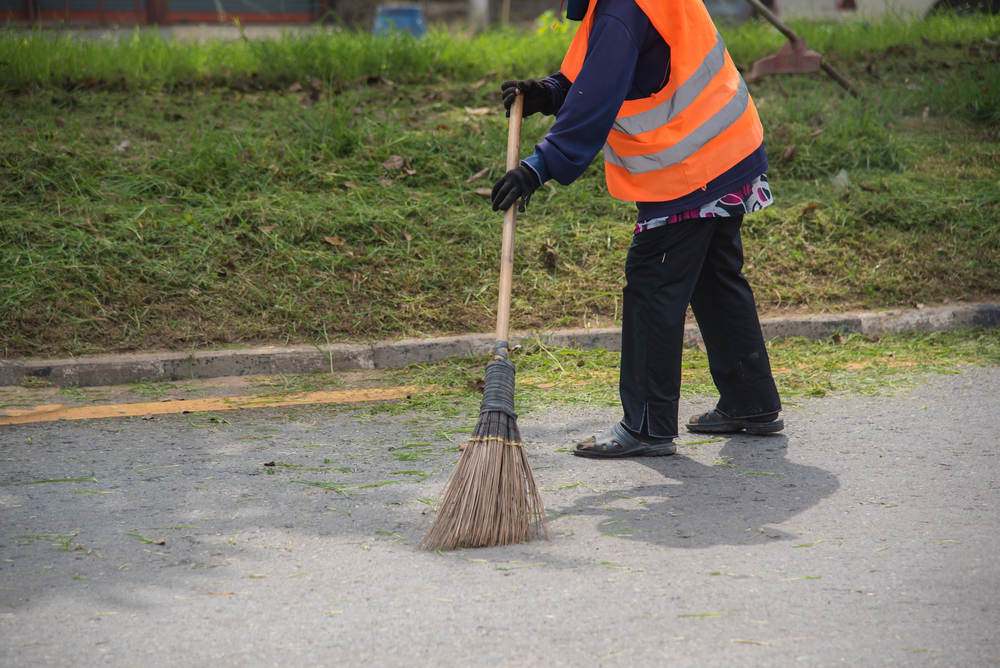
Building cleaners are an important group of workers who face a variety of hazards that lead to health problems. A review of epidemiologic studies conducted between 1981 and 2005 was conducted using PubMed and PsychLit, to identify health effects and associated risks in the workplace of cleaners. Among the 35 studies, respiratory and dermatologic diseases were the most common and were associated with exposure to cleaning agents, wet work, and latex rubber. The risk of infection is identified among cleaners in medical laboratories and is associated with exposure to broken glass and unsealed needles. Musculoskeletal disorders were associated with several physical stressors (e.g., unpleasant posture, prolonged standing) and depression (e.g., strenuous activity, low energy levels). Psychological disorders were also associated with psychological and social pressures and social stigma. Future studies can be developed with better testing of exposure to specific cleaners' activities and the implementation of a potential project.

